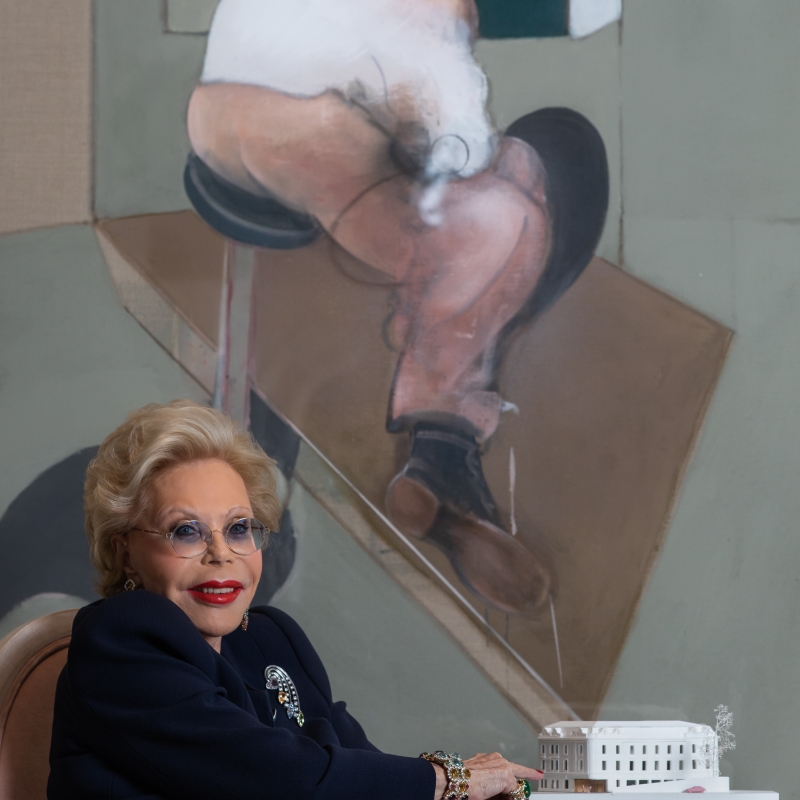
Photo: Ouriel Morgensztern © Heidi Horten Collection
“I am proud, with my collection and the construction of the museum, to have created something lasting, which future generations will also be able to experience when they visit my museum and take joy in the art that has given me such joy for so long.”
Heidi Goëss-Horten
The Collection
After the death of her first husband, Helmut Horten, in 1987, Heidi Goëss-Horten (1941-2022) began to build up an art collection of international standing with great sensitivity and passion. Over the last few decades, this has developed into an impressive collection of several hundred paintings, sculptures and prints. When building up her collection, it was always important to the collector not to be subject to any fashions. Heidi Goëss-Horten has always lived with the works, surrounding herself with them in her home. As a passionate collector, her personal relationship to and individual engagement with the works of art was important to her.
While individual works of German Expressionism, for example by Emil Nolde and Erich Heckel, or paintings of international modernism, including key works by Marc Chagall and Pablo Picasso, date back to the time of Heidi Horten's marriage to Helmut Horten, the clear focus of today's collection is on works acquired in the 1990s.
The scope of the collection had changed significantly as a result, with names that had not previously been represented, including Pierre-Auguste Renoir, Joan Miró, Max Pechstein, Carl Hofer, Pablo Picasso, Henri Matisse, Paul Klee, René Magritte, Fernand Léger, Niki de Saint Phalle, Egon Schiele, Lucio Fontana, Jean Dubuffet, Lucian Freud, Francis Bacon, Yves Klein and Georg Baselitz. Artists whose works are undoubtedly among the highlights of the collection today.
In later years, Heidi Goëss-Horten began acquiring important works by Andy Warhol and Roy Lichtenstein in order to create a focus on Pop Art within the collection. In the course of her collecting activities, Goëss-Horten increasingly devoted herself to the work of contemporary artists. As a result, groundbreaking works by Damien Hirst, Niki de Saint Phalle, Sigmar Polke and Gerhard Richter found their way into the collection early on. Moreover, the Heidi Horten Collection now comprises not only paintings and works of graphic art, but also a striking sculpture park that has grown impressively over the years and will be showcased at the museum.
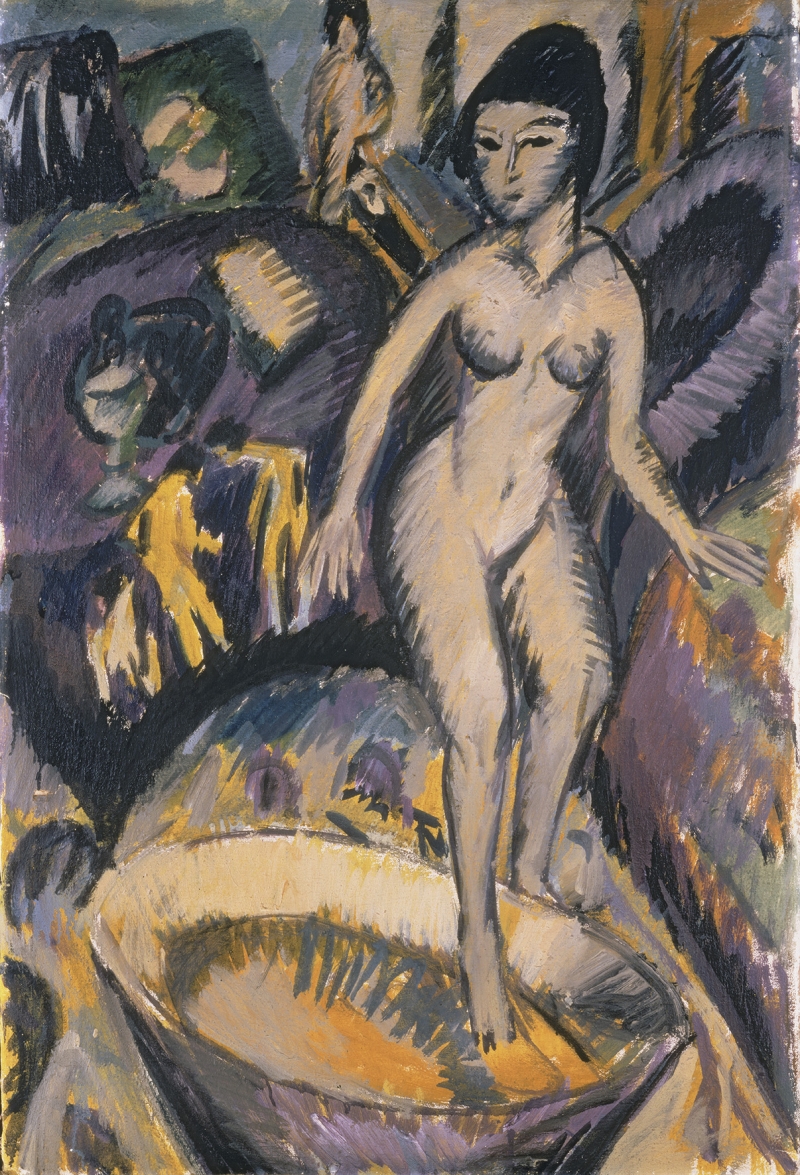
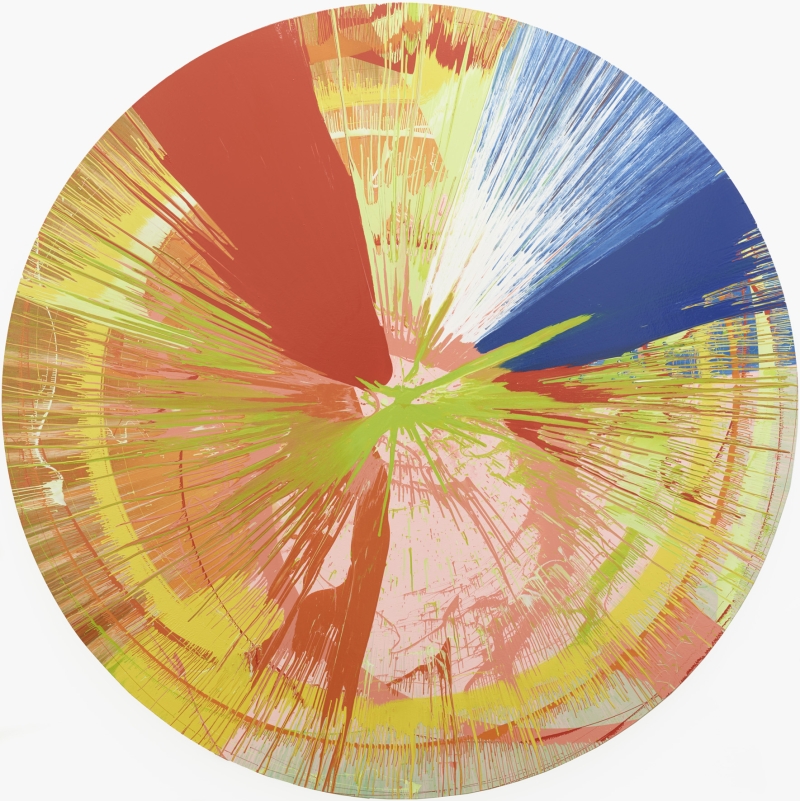
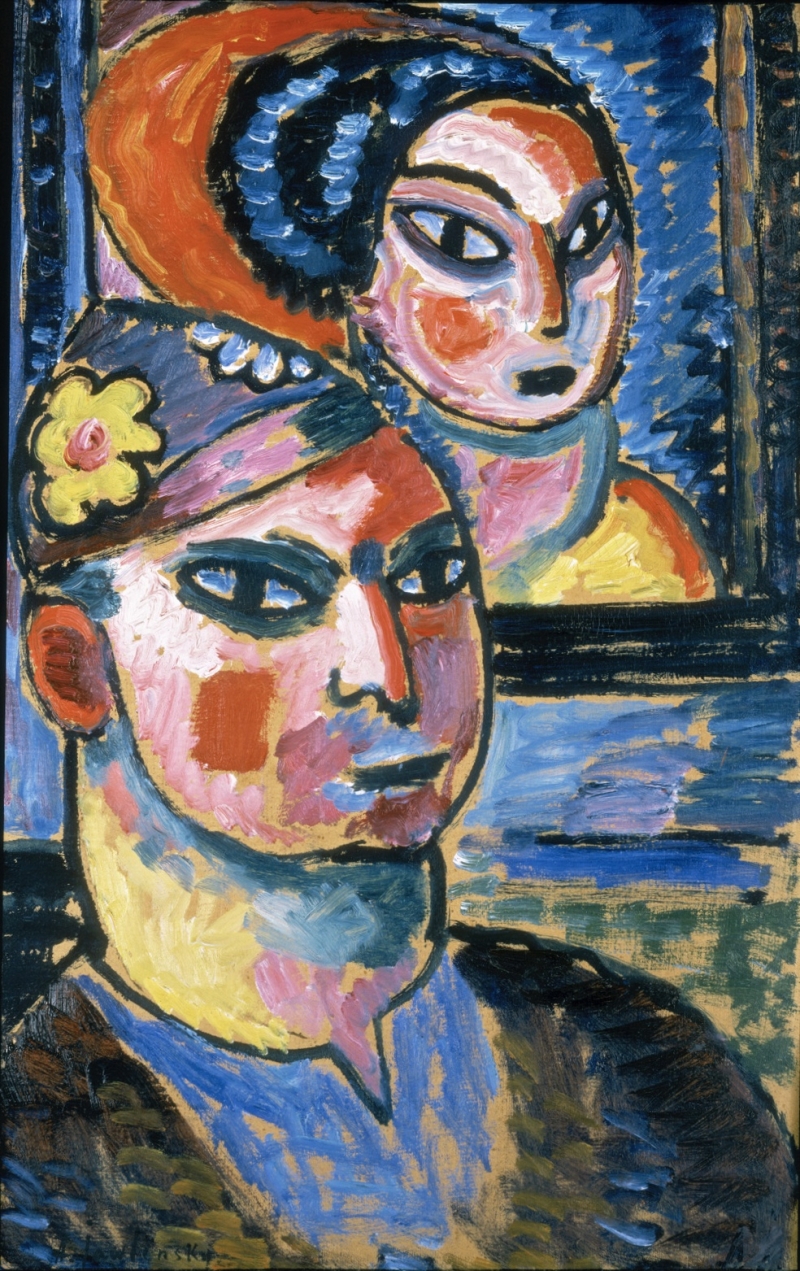

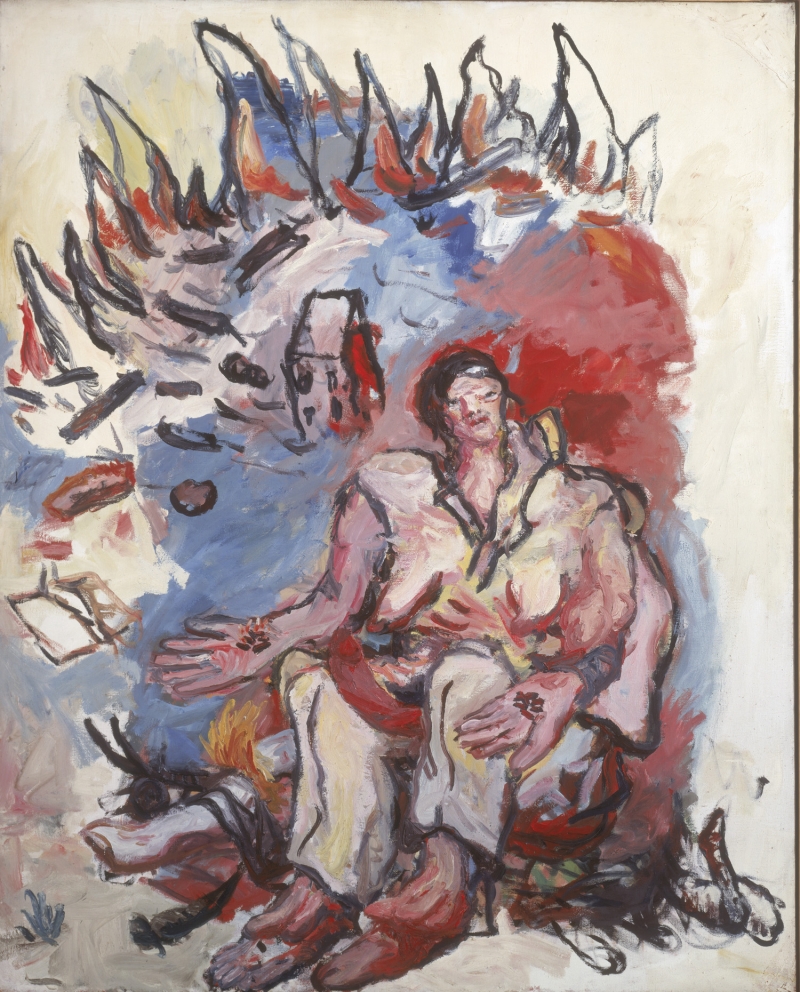
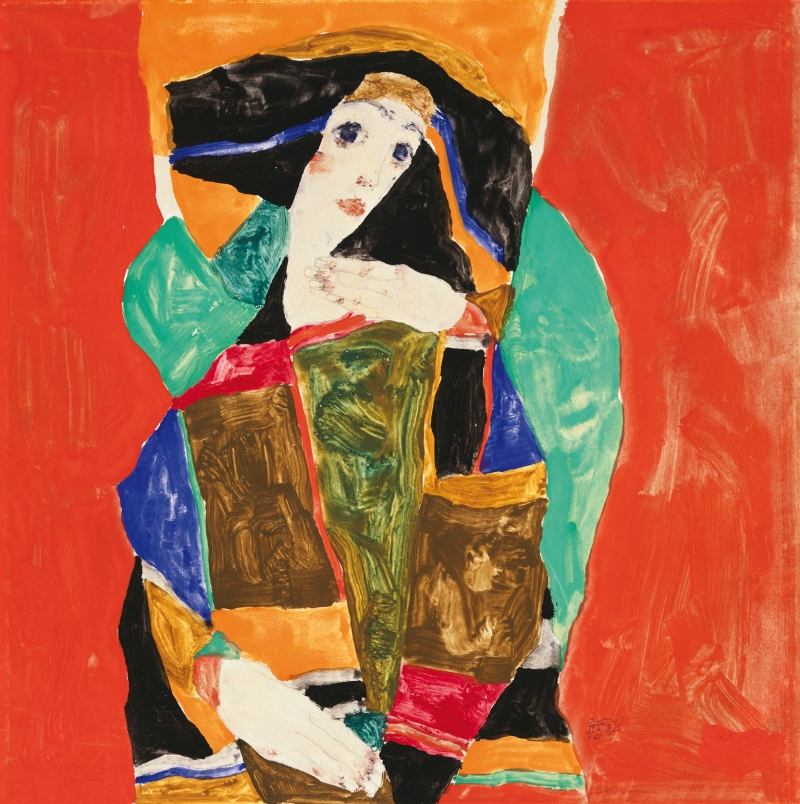
Today, the collection offers a profound overview of the development of 20th and 21st century art. Today, the Heidi Horten Collection unites the Who's Who of art history from the turn of the 19th to the 20th century, from classical modernism to contemporary art.
The Heidi Horten Collection Today
Today, with its main concentrations on the art of “Vienna 1900”, German and international Expressionism, Arte Povera, European postwar art and Pop art, the Heidi Horten Collection is a panoply of images with the scope of a museum. What began as a passion, now represents a foray into the art history of the last one hundred years. Surveying the collection, one can appreciate how particular areas of interest formed, how artists have influenced one another, and the revolutionary spirit inherent in the oeuvre of every single artist.
By founding a museum, Heidi Goëss-Horten is taking a step towards a cultural future for the collection that will influence the canon of public art history. She also joins the time-honoured ranks of collectors who, through their vision, have created places for public engagement with art. True to the character of a private collection, these are very personal spaces whose purpose is to foster fresh approaches to art for all interested visitors.
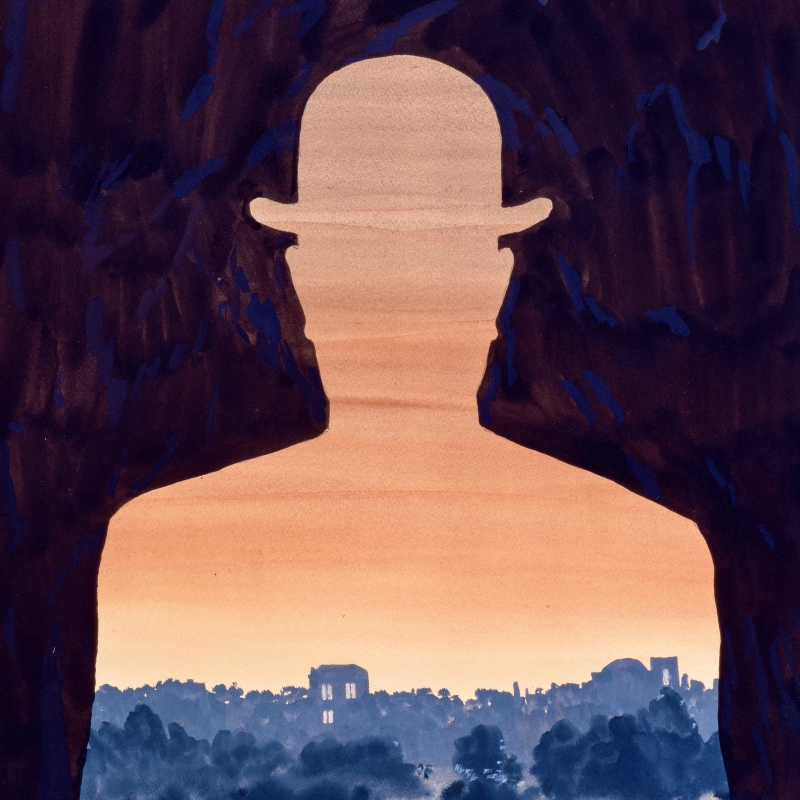
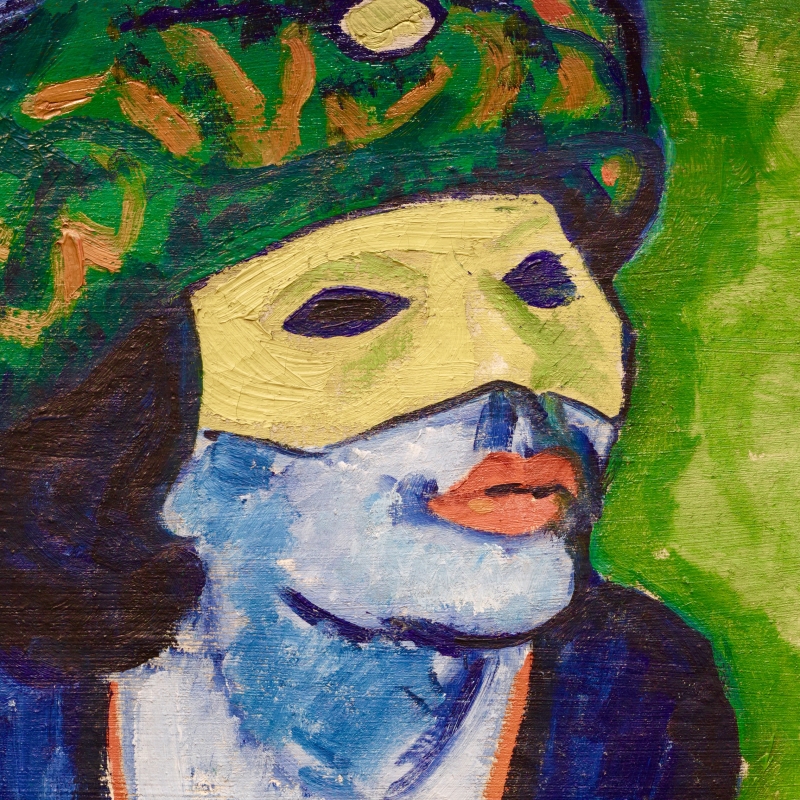
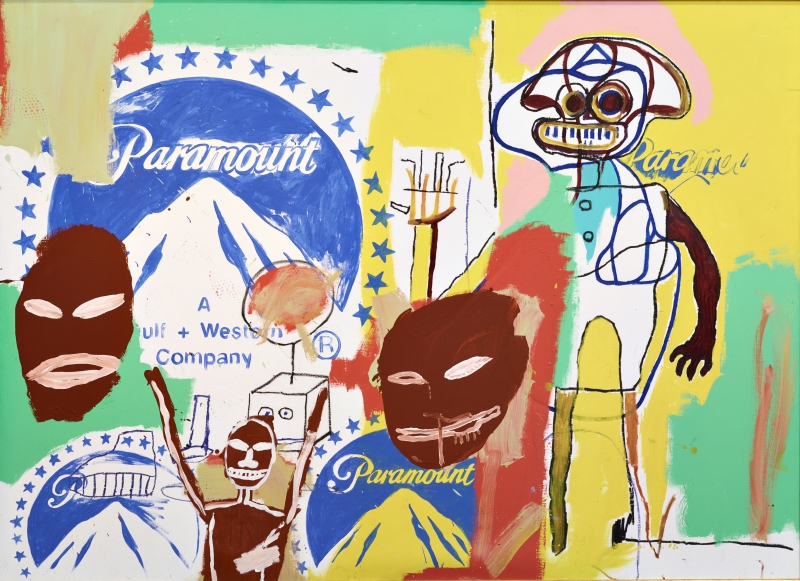

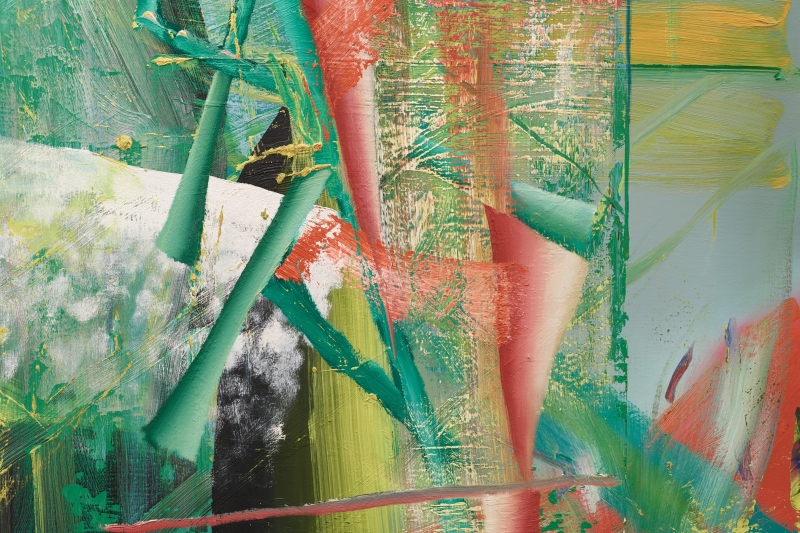
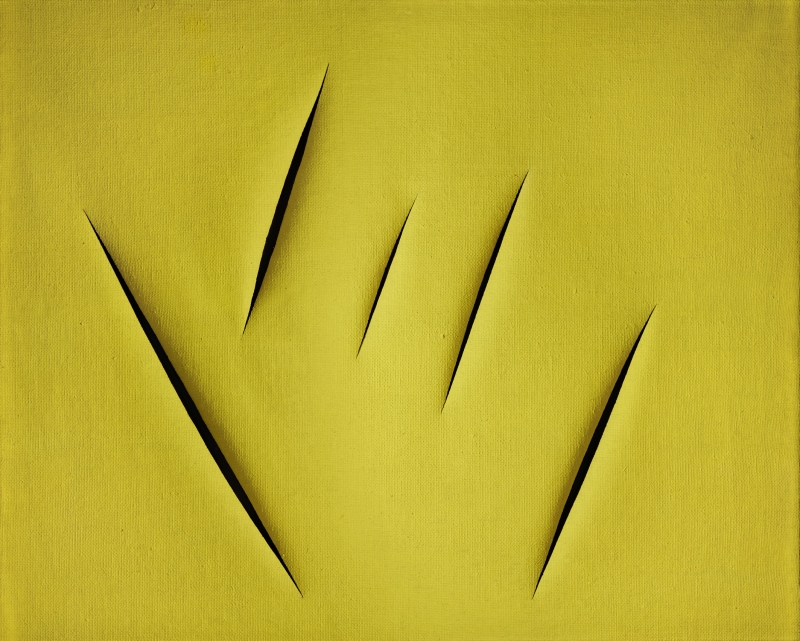
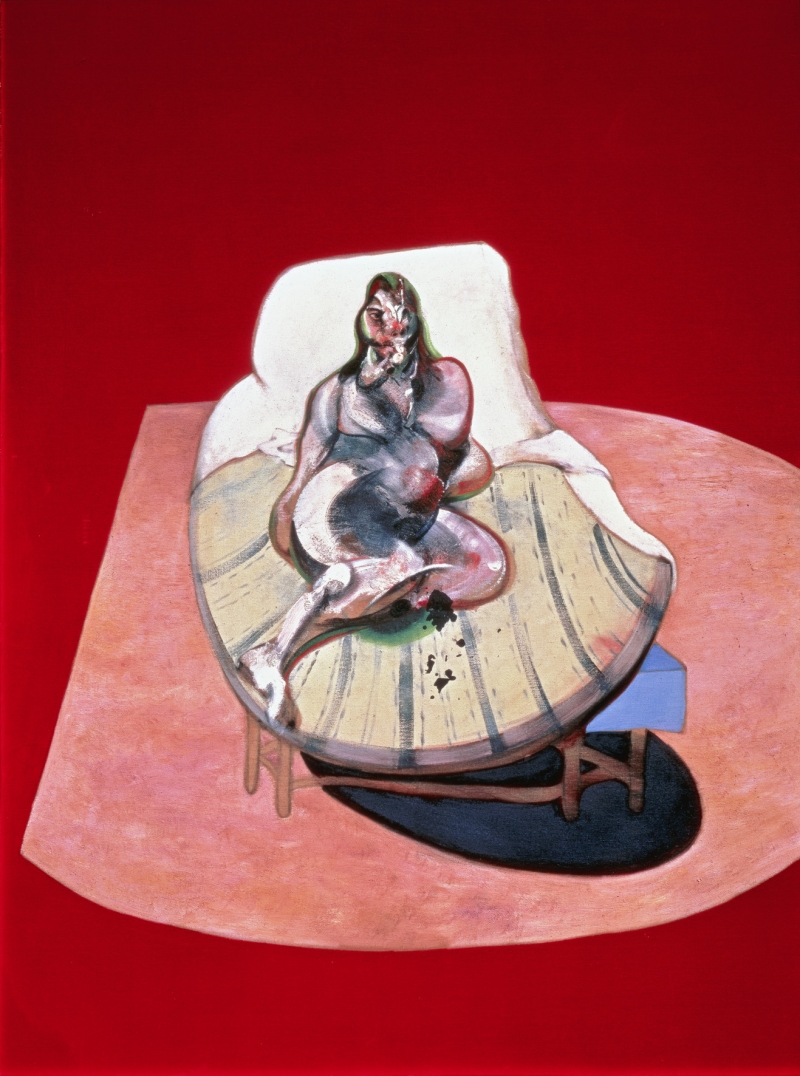
In light of the discussion about Helmut Horten's build-up of assets and business in the context of “Aryanization” during the “Third Reich”, which has been smouldering since the 1970s and will intensify in 2023, the museum's management and the Collection team have recognized the moral necessity for the museum to critically examine this past and its relevance to the Collection's work as part of a historical responsibility.
Our Mission
The Heidi Horten Collection is a private museum in Vienna. Its purpose is to ensure the ongoing preservation and permanent presentation of the art collection of Heidi Goëss-Horten. The Heidi Horten Collection observes national and international ethical standards as it pursues its cultural and scholarly mission. Our mandate is to:
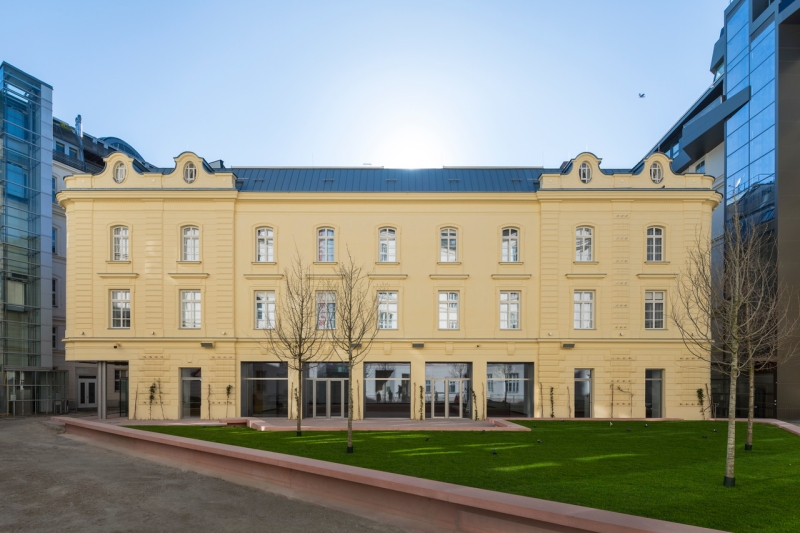
Photo: Rupert Steiner © Heidi Horten Collection
1 - EXHIBIT
The Heidi Horten Collection develops and organizes exhibitions in a variety of formats. The collection itself forms the cornerstone of all exhibition projects. Thus, Heidi Goëss-Horten's personal legacy is preserved through the Heidi Horten Collection. The exhibition program forms the institution's distinctive identity. Exhibitions are based on scholarly curatorial practice and design, and publications, lectures, discussion events, and other educational programs complement the exhibition activities.
2 - EDUCATE
The Heidi Horten Collection puts art education at the core of its mission. The modern and innovative work of art mediation, tailored to be audience-specific, addresses current artistic, scholarly, and social concerns. Emphasis is on equal participation, responses to contemporary issues, and the production of content relevant to the audience.
All art educators have a comprehensive understanding of art and cultural history and the ability to respond to the interests and needs of a diverse audience. They take a situational approach and consider themselves proactive partners in facilitating interactive communication. Their top priority is to be pen to the participants‘ expertise and to integrate that into their work in a respectful manner.
Both analog and digital programming target audiences with an interest in culture and other potential audiences. The museum's main objectives are to attract young people and to continue removing barriers for disadvantaged individuals. A studio and lecture hall are available for workshops and for other discursive, inclusive, and participatory formats. In addition, the museum aims to broaden its scope of action in the medium term to foster a direct dialogue with historically underserved groups by offering outreach services.
The Heidi Horten Collection will serve as a public place of encounter and personal enrichment – a place of well-being, critical inquiry, and active participation.
3 - COLLECT
The Heidi Horten Collection maintains, preserves, and exhibits the collection of Heidi Goëss-Horten. Originally, the collection was not meant for public display but to enrich the living environment of the collector’s private residence. The collection's core consists of artworks and objects that Heidi Goëss-Horten personally acquired. In this sense, the collection reflects the personal interests and preferences of the collector and represents, as the DNA of the museum, a piece of personal biography. The museum's mission is to augment and expand the core collection through international and contemporary acquisitions in the future.
4 - PRESERVE
The museum building housing the Heidi Horten Collection serves to preserve the collection of Heidi Goëss-Horten and facilitate its research. As a private foundation, the museum is entirely self-funded. To preserve the collection holdings, current museological, scientific, logistical, climatic, conservation, and restoration standards are maintained.
5 - RESEARCH
A team of scholars at the Heidi Horten Collection researches the holdings and resolves any issues that may arise. Positioning the collection within a scholarly context is a key endeavor of the institution, as is reflected in its exhibition program. In addition, provenance research is a significant area of interest, primarily as it relates to pre-1945 holdings but encompassing the entire collection. It requires networking with other national and international museums, universities, colleges, and research institutions such as archives and libraries to provide an objective perspective on the collection. The museum also includes an archive that houses records relevant to the collection and related proceedings. Finally, the Heidi Horten Collection disseminates its research results through publications and subject-specific media.
6 - DOCUMENT
The museum of the Heidi Horten Collection bears responsibility for the extensive collection and the preservation of these assets. The inventorying and cataloguing of holdings and acquisitions is governed by museum standards. A long-term goal is to make the collection accessible and enjoyable online, so that it may be accessed regardless of physical location. Part of the museum's international networking effort, it would also provide an additional dimension to the museum's educational outreach.
How Heidi Goëss-Horten built her art collection
Heidi Goëss-Horten was an art collector.
She was born in 1941 and died in 2022.
After her first husband Helmut Horten died in 1987, she started collecting art.
She did this with a lot of joy and emotion.
She collected many artworks:
Paintings, sculptures, and works on paper.
Today, the collection has several hundred pieces.
Heidi Goëss-Horten only bought art that she really liked.
She did not buy art just because it was popular.
She kept the art in her home.
She lived with the artworks and spent time learning about them.
What is in the collection?
She bought some artworks together with her husband.
For example, works by Emil Nolde, Erich Heckel, Marc Chagall or Pablo Picasso.
But most artworks were bought later, in the 1990s.
The collection became bigger and more diverse.
Now it includes many famous artists, such as:
• Renoir, Miró, Matisse, Klee, Magritte, Léger
• Schiele, Fontana, Dubuffet, Freud, Bacon, Klein, Baselitz
• And Niki de Saint Phalle – Heidi Goëss-Horten especially liked her art.
She also liked new and modern art.
Later she bought many works of Pop Art, for example by:
• Andy Warhol
• Roy Lichtenstein
And she collected art by artists who work today:
• Damien Hirst
• Sigmar Polke
• Gerhard Richter
What makes the collection special?
The collection shows many famous artists.
It gives a good overview of art from the past 100 years.
It includes:
• Art from the end of the 19th century
• Modern art from the early 20th century
• And art from today
This collection is called the Heidi Horten Collection.
It is very well known in the art world.
The Heidi Horten Collection: The museum today
The museum Heidi Horten Collection shows many different artworks.
They come from different times and countries.
For example:
• Art from Vienna around the year 1900
• Expressionist art from Germany and other places
• Art from Italy called Arte Povera
• European art after World War II
• And Pop Art – colorful art with images from ads or comics
This collection is very special.
Visitors can learn a lot about art and history.
The artworks show how art has changed over time.
They also show how artists inspired each other.
And: Every artist created something new.
The museum opened in 2022.
Heidi Goëss-Horten wanted to share her collection with the public.
The museum helps people understand art better.
The rooms are personal – it is a private collection.
But they are open to everyone.
How does the museum deal with history?
Since the 1970s, people have discussed
how Helmut Horten made his money during the time of National Socialism.
In 2023, this topic became more important.
The museum and its team said:
This past is important.
We must be open and honest about it.
The museum wants to research this past.
This includes provenance research.
That means:
They check where each artwork comes from.
These results are published regularly.
This is very important for the museum.

